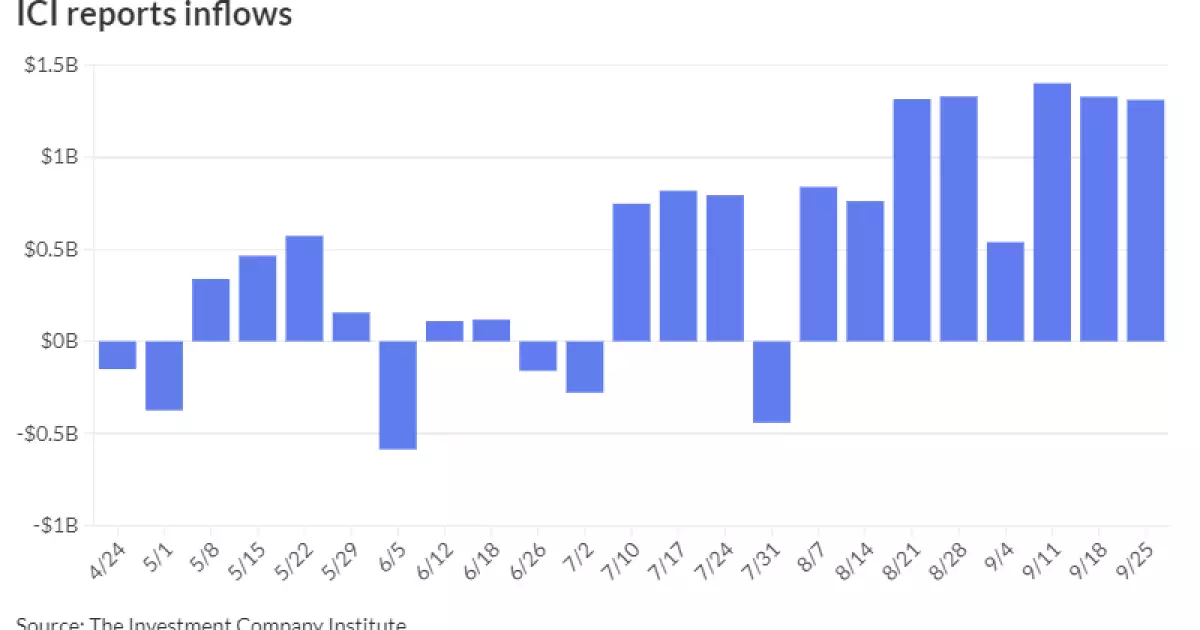The municipal bond market has witnessed notable shifts recently, particularly in the context of U.S. Treasury performance and wider economic factors. As investors navigate this space, it becomes crucial to evaluate the implications of these changes, the underlying factors contributing to market behavior, and the potential pathways ahead.
On a recent Wednesday, the municipal bonds exhibited a slight softening in performance; however, the level of this decline remained modest compared to the pronounced weakness of U.S. Treasuries. Municipal bonds, particularly those holding AAA ratings, displayed resilience in their yield curves, seeing only minor fluctuations between one and four basis points. In stark contrast, longer-term Treasuries showed more significant downturns, indicating a market that is reacting sharply to changing interest rate forecasts and economic uncertainties.
Despite this softer performance in the municipals, the demand from the primary market remained robust. As various new issues were priced, institutional interest highlighted a notable gap in liquidity that could provide further support for these bonds. The ratios comparing municipal to U.S. Treasury yields underwent downward adjustments, signaling trader sentiment and the price dynamics at play in this sector.
A significant factor attributed to the municipal market’s strength is the unprecedented liquidity currently available. The staggering amounts of cash in money market funds—exceeding $6 trillion—and nearly $2.5 trillion in certificates of deposits are indicative of a market that is flush with funds desperate for productive deployment. Investors are increasingly drawn to the municipal bond market for its relative advantages in return, particularly as treasury yields adjust downward.
Julio Bonilla, a fixed-income portfolio manager at Schroders, remarked on the surprisingly strong performance of new issues, despite the volatile rates observed in the market. The market appears to be buoyed by a substantial amount of capital on the sideline, suggesting a potentially favorable environment for future bond issuances as the Federal Reserve continues to navigate interest rate adjustments.
As the Federal Reserve signals potential cuts in the Fed Funds rate, investor behavior is likely to evolve. Bonilla noted that more conservative investors might withdraw from shorter instruments, seeking to secure locks on longer-term yields. This trend could intensify as demand for equity markets appears expensive, pushing further liquidity to find a home in the municipal sector.
Recent reports of inflows into municipal bond mutual funds highlight this trend, with net inflows totaling approximately $1.312 billion for the week ending September 25. Furthermore, exchange-traded funds are also experiencing strong inflow momentum, bolstering the overall attractiveness of the municipal market as an investment choice.
The role of retail investors cannot be understated either, especially as their purchasing power in the municipal bond market remains resilient. Estimates show that year-to-date flows into municipal funds exceed $20 billion, indicating a significant and sustained appetite among individual investors.
In the day’s primary market activity, notable new issues included a $600 million revenue bond offering by the Kentucky State Property and Buildings Commission, with fairly tight spreads indicative of strong demand. Meanwhile, Massachusetts prepared revenue bonds that detailed substantial offerings further keyed into critical funding needs.
The presence of schools and essential services, like the Columbia University bond deal, underlines the thoughtful direction municipal offerings are taking, as they focus on infrastructural support and economic resilience. Such offerings not only serve immediate funding requirements but also anchor the long-term financial health of these institutions, a vital consideration amidst fiscal constraints.
With the current momentum in the municipal market, analysts are optimistic about the potential for record issuance in 2024. Should a rally in the municipal market occur, a hypothetical surge in refunding bonds can set a new standard for overall issuances, showcasing the sustained demand from both retail and institutional investors.
While slight softening in municipal performance and adjusting ratios signals caution, the underlying demand and liquidity present in the market creates a foundation for potential growth. Navigating these turbulent waters will require vigilant monitoring of broader economic indicators and interest rate movements. However, for now, the resilience of the municipal bond market stands clear against the backdrop of shifting economic tides.

